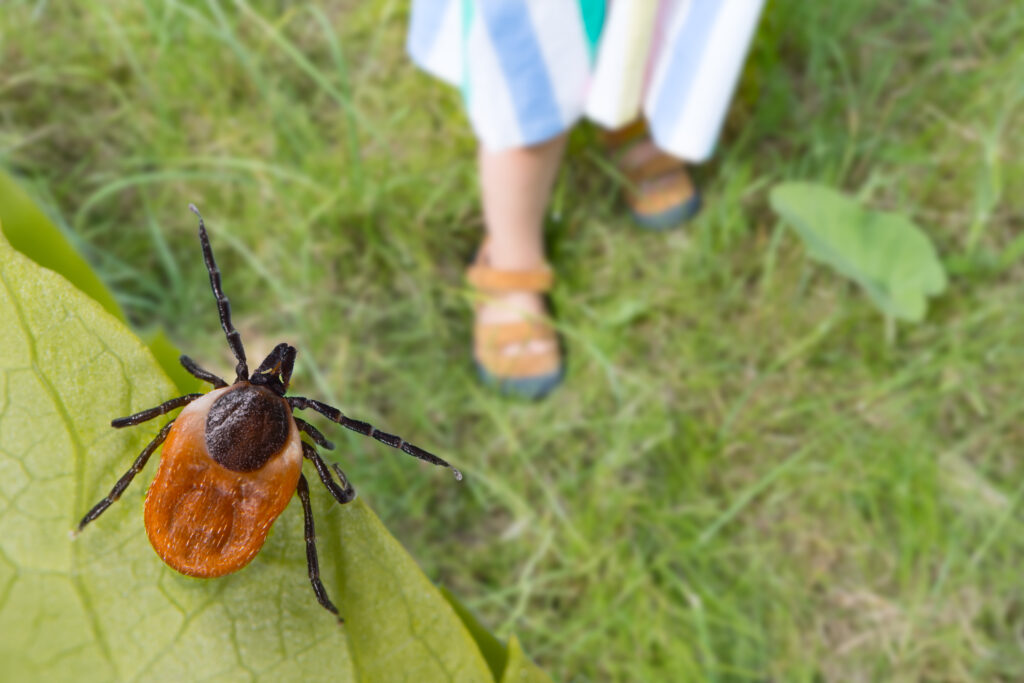As the weather warms and we enter the spring season, spending time outdoors can be a wonderful way to enjoy nature and bond with family and friends. But before heading out into the great outdoors, it is important to be aware of a danger lurking in the woods — Lyme disease. This bacterial infection is commonly contracted after being bitten by a deer tick that carries borrelia bacteria. Keep reading to learn more about Lyme disease and how to avoid and protect yourself from deer ticks while spending time outdoors.
Lyme Disease
There are three main stages of Lyme disease:
- Early localized Lyme disease — In this stage, a rash develops on the skin at the site of the bite within 30 days. It resembles a bull’s eye and slowly expands, followed by flu-like symptoms.
- Early disseminated Lyme disease — During this stage, moderate skin, joint, nervous system and heart complications can occur.
- Late persistent Lyme disease — In this third and final stage, the infected person can develop severe joint pain, and nervous system and heart complications.
With these stages in mind, it’s clear that avid tick prevention and early recognition of Lyme disease are critical for your well-being.
Seven Tips To Keep You Deer Tick-Free
Use these tips to avoid coming in contact with a deer tick while outside:
- Wear light-colored clothing to make identifying ticks easier.
- Use bug repellent with DEET
- Wear a long-sleeved shirt and pants when in wooded areas.
- Walk in the center of trails to avoid overhanging trees or bushes.
- Treat your yard for ticks
- Keep long hair tied back so that ticks cannot climb up your hair and get attached to your scalp.
- Wash your body and clothing and inspect your body for ticks afterward. Inspect your dog’s hair too if they have been playing in wooded areas.
Removing a Deer Tick
Bacteria from a tick bite typically transmit into your bloodstream within 36 to 48 hours, which lessens your chance of contracting the disease if you find ticks and remove them immediately.
If you do see an attached tick, follow these steps to remove it carefully:
- Use a pair of tweezers to grab it behind the embedded head as close to the skin as possible.
- Pull straight back. Avoid twisting, crushing or squeezing the tick. Be careful not to leave the head embedded in the skin.
- Once the tick is removed, clean the bite thoroughly with a disinfectant and watch the area for any symptoms.
Continue your journey to a safer and more enjoyable summer by delving into our Backyard Safety Blog. Stay informed, stay safe, and make the most of your outdoor adventures!
To learn more about Acentria and our individual health insurance, please reach out.
























